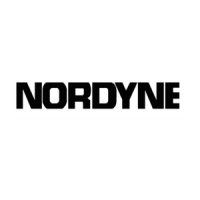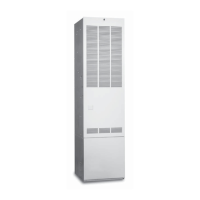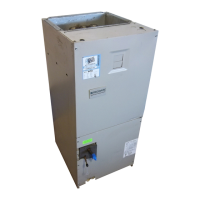36 G6RA, G6RK Service Manual
LP Gas Pipe Capacity Table (CU.FT./HR.)
Nominal
Length of Pipe in Feet
Iron Pipe
Size, Inches
10 20 30 40 50 60 70 80 90 100 125 100
1/2"
275 189 152 129 114 103 96 89 83 78 69 63
3/4"
567 393 315 267 237 217 196 182 173 162 146 132
1"
1,071 732 590 504 448 409 378 346 322 307 275 252
1 1/4"
2,205 1,496 1,212 1,039 913 834 771 724 677 630 567 511
1 1/2"
3,307 2,299 1,858 1,559 1,417 1,275 1,181 1,086 1,023 976 866 787
2"
6,221 4,331 3,465 2,992 2,646 2,394 2,205 2,047 1,921 1,811 1,606 1,496
Maximum capacity of pipe in thousands of Btu per hour of undiluted liquified petroleum gasses (at 11 inches water column inlet
pressure).
Based on a Pressure Drop of 0.5 Inch Water Column).
The Example (LP): Input Btu requirement of unit, 150,000
Equivalent length of pipe, 60 ft. = 3/4"IPS required.
BLOWER PERFORMANCE
Proper Airflow - Checking Temperature Rise. (See page 7.)
A temperature rise may be taken across the furnace by
checking the temperature of the supply duct and subtracting
the return air temperature.
If the temperature rise is too high, air flow must be increased
by increasing blower speed or removing any restriction to
airflow. If temperature rise is too low, air flow is too great.
Reduce air flow by using a low speed on the blower.
Causes for excessive temperature rise:
1. Dirty air filter
2. Oversized furnace (undersized duct)
3. Blower speed too low
4. Dirty evaporator coil
5. Overfired furnace due to too much gas pressure
FLUE GAS TEMPERATURE
The G6 series furnaces flue gas temperature range is
between 300°F and 325°F Make a small hole in vent pipe, as
close to furnace as possible. Insert temperature probe and
note temperature.
Possible causes for high flue gas temperatures:
1. Too much gas pressure
2. Not enough air flow across furnace
Low flue gas temperatures may be attributed to:
1. Too little gas pressure
2. Too much air flow
3. Very low return air temperature
After flue gas has been measured, reseal vent pipe.
Natural Gas Pipe Capacity Table (CU.FT./HR.)
Nominal
Length of Pipe in Feet
Iron Pipe
Size, Inches
10 20 30 40 50 60 70 80
1/2"
13292736356504643
3/4"
278 190 152 130 115 105 96 90
1"
520 350 285 245 215 195 180 170
1 1/4"
1,050 730 590 500 440 400 370 350
1 1/2"
1,600 1,100 890 760 670 610 560 530
Gas Input of Furnace (Btu/hr)
Heating Value of Gas (Btu/Ft3)
Capacity of gas pipe different diameters and lengths in cu. ft. per, hr. with pressure drop of 0.3 in. and specific
gravity of 0.60 (natural gas).
After the length of pipe has been determined, select the pipe size which will provide the minimum cubic feet per hour
required for the gas input rating of the furnace. By formula:
Cu. Ft. Per Hr. Required
The gas input of the furnace is marked on the furnace rating plate. The heating value of the gas (Btu/Ft3) may
be determined by consulting the local natural gas utility or the LP gas supplier.

